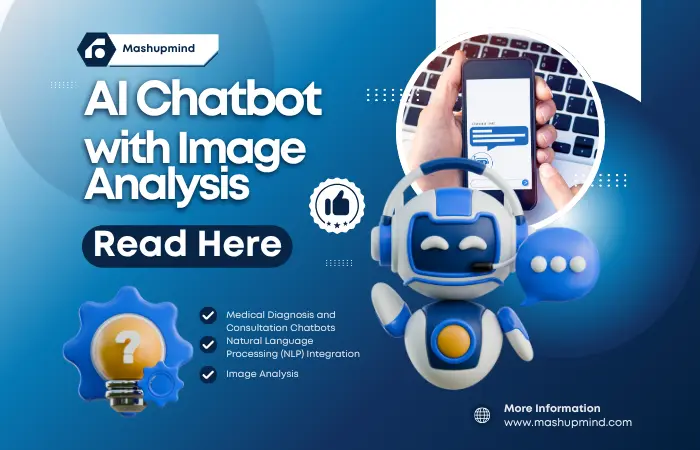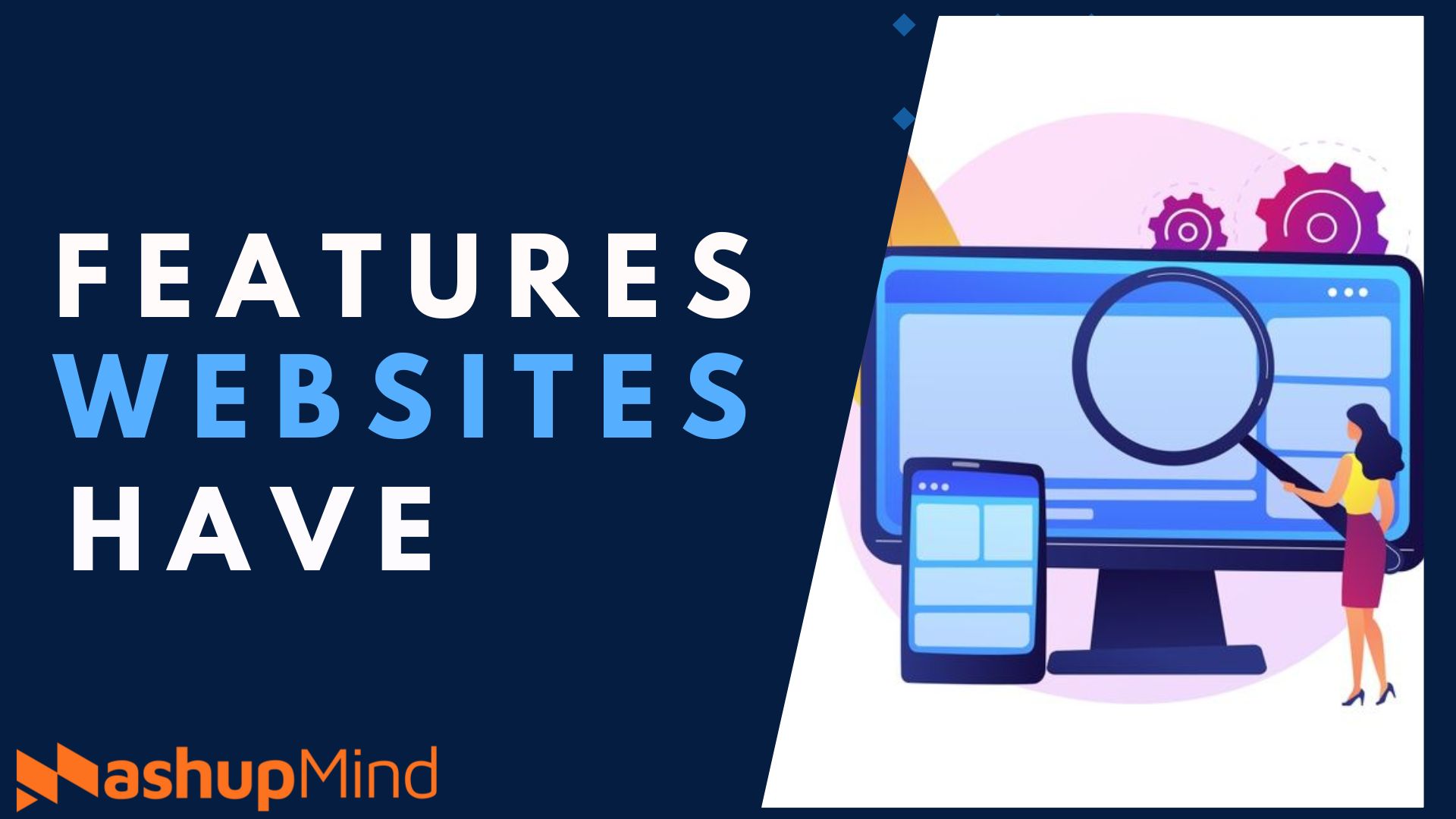In an increasingly digital healthcare landscape, people are seeking faster, more convenient ways to understand their symptoms before scheduling a doctor’s visit. With the help of artificial intelligence, we now have tools that can offer preliminary health guidance-not to replace doctors, but to assist users in identifying issues and deciding when to seek professional care. One of the most promising developments in this space combines AI-powered chatbots with image recognition technology to deliver quick, intuitive, and accessible health consultations.
The Rise of AI in Healthcare Support
As digital health solutions expand, AI has become a critical tool in supporting early detection, triage, and health literacy. Whether someone is experiencing a minor rash or a sore eye, many prefer an initial assessment from a digital assistant, especially when it’s 2 AM or they’re located far from medical centers.
This demand has fueled the growth of medical chatbots that offer 24/7 availability, speak multiple languages, and help users better understand their conditions. The combination of text-based interaction and visual input, especially through smartphone cameras, represents the next step forward in AI-assisted medical consultation.
How Medical Chatbots Work
Medical chatbots are designed to simulate a structured conversation with a user around symptoms, concerns, and general health. These bots follow defined clinical logic and can:
- Ask diagnostic-style questions
- Match symptoms to probable conditions
- Provide informational responses and next-step guidance
- Recommend if and when to seek professional help
Crucially, these bots are not self-learning black boxes; they follow tightly controlled logic and evidence-based guidelines to ensure safe use. Developing such systems requires the experience of an AI chatbot development company, which understands how to build medical-grade conversational flows that are both helpful and compliant with healthcare regulations.
The Role of Image Recognition in Diagnosis
Visual cues are central to many health conditions-think rashes, swelling, eye infections, or minor injuries. By allowing users to upload images of affected areas, chatbots can now:
- Detect anomalies
- Classify visual symptoms
- Trigger relevant follow-up questions
For example, a user may upload a photo of a red skin patch. The image recognition software assesses whether it resembles eczema, ringworm, or an allergic reaction. Based on this, the chatbot may ask:
- “How long have you had this?”
- “Is it itchy or painful?”
- “Do you have a fever?”
This fusion of modalities-visual recognition and conversational follow-up-offers richer insights than either method alone. But to ensure this works accurately, securely, and ethically, businesses must work with a specialized image recognition software development company that can handle high-stakes visual analysis, especially in the medical domain.
Step-by-Step Use Case: Skin Rash Triage
Let’s walk through a simple example of how such a system might work:
- User Action: A patient notices a skin rash and uploads a clear image through the chatbot interface.
- Image Processing: The AI model detects patterns, color, and shape to classify the rash as likely non-urgent.
- Chatbot Interaction: The bot asks if there’s pain, fever, or exposure to irritants.
- Preliminary Insight: The chatbot suggests it may be contact dermatitis and offers general care advice.
- Referral: It ends by recommending a professional evaluation if symptoms worsen or persist beyond a few days.
This approach improves user understanding while emphasizing that the chatbot does not provide a medical diagnosis-it offers educational content and guidance.
Benefits and Limitations
Benefits
- Speed: Quick feedback for minor or ambiguous symptoms.
- Accessibility: Especially valuable in remote or underserved areas.
- Preparedness: Helps users arrive at the doctor’s with a clearer picture of their issue.
- Scalability: Supports large numbers of users without overwhelming clinics.
Limitations
- Non-diagnostic: These tools cannot and should not replace medical professionals.
- Accuracy Boundaries: AI may miss or misclassify subtle symptoms.
- User Responsibility: The user must follow up with a healthcare provider when advised.
Ethical and Legal Considerations
Medical AI tools must tread carefully to maintain user trust and safety. That means:
- Clear disclaimers that chatbot feedback is informational only
- Strict data privacy, especially with image uploads
- Informed consent from users before any image processing
- Escalation protocols to recommend seeking professional help when risk is detected
A well-designed AI medical assistant never pretends to replace a doctor, and businesses must be transparent about that in both design and communication.
The Future of AI-Driven Health Assistants
Looking ahead, we’ll see:
- Advanced diagnostics for chronic conditions using longitudinal image tracking
- Chatbots that integrate with wearables to analyze vitals alongside symptoms
- Greater adoption in developing countries, where healthcare access is limited
- Increased personalization, with AI trained on diverse populations and conditions
As trust and capabilities grow, AI will become a companion in daily health, not to diagnose, but to educate and support.
Conclusion
The combination of AI chatbots and image analysis is opening a new frontier in proactive, accessible health support. While not a replacement for professional care, these tools provide valuable early insights that empower users and help guide smarter healthcare decisions.
Businesses interested in building these solutions should work with both an AI chatbot development company and an image recognition software development company to ensure the systems are accurate, secure, and ethically responsible. With the right partners and the right approach, AI-powered tools can meaningfully improve how people understand and respond to everyday health issues.







